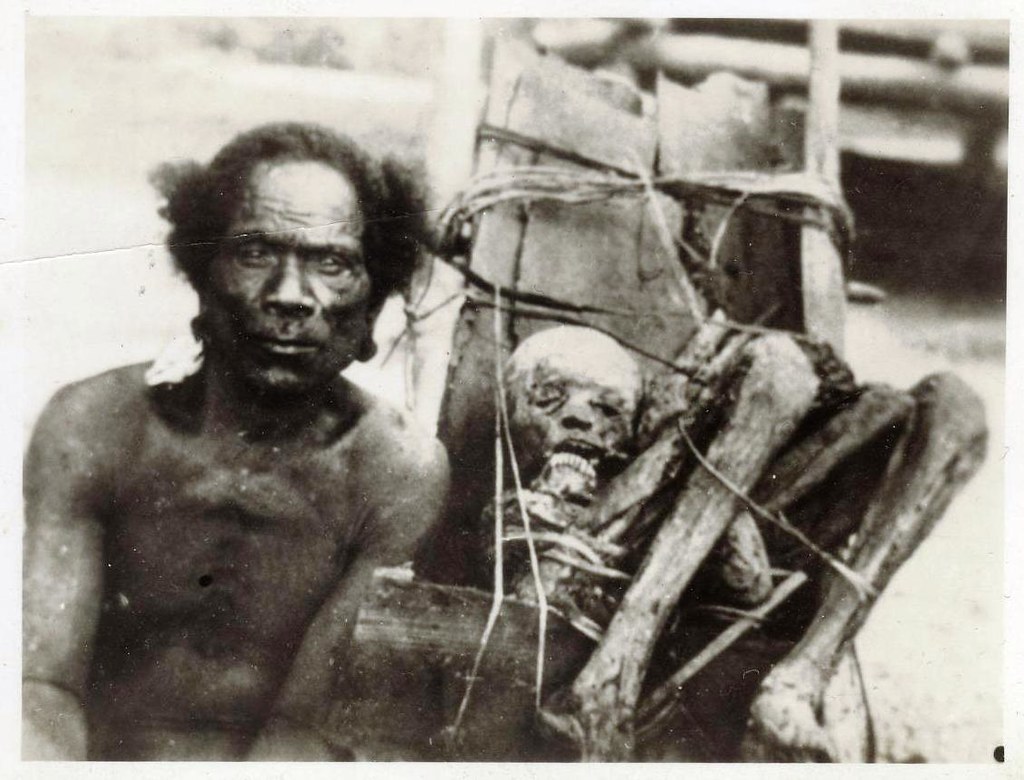These "lilliputian" hallucinations (the word coming from the famous children's story, Gulliver's Travels) were first described by Charles Bonnet in 1760, often feature faces or cartoons and animals, plants or trees and various inanimate objects.
This type of hallucination which is not connected with mental illness, cognitive impairment or dementia, can affect the young as well as older people. It is thought that these type of hallucinations are the result of the brain's hyperactive response to failing sight.
According to the late and great Dr Oliver Sacks, Charles Bonnet syndrome images tend to be “more stereotyped than those of dreams and at the same time less intelligible, less meaningful” — they rarely yield “insights into the unconscious wishes, needs or conflicts of the person” but are instead the brain reacting to the loss of eyesight.
It is the deprivation of input which causes the brain to create its own input to replace what has suddenly disappeared. And although a person experiencing these strange and sometimes exotic hallucinations may be shocked and surprised by what they see, they know that what they are experiencing is not real.
However, suffering from Charles Bonnet hallucinations can make life very difficult for some people, as the streets or rooms around the person may appear distorted. What appear to be walls or fences may suddenly appear in the path and this can be unsettling or frightening.
The Neurologist V.S. Ramachandran wrote about the American author and cartoonist James Thurber, who likely had Charles Bonnet Syndrome, after becoming visually impaired from an accident in his childhood. In writing to his doctor Thurber described seeing "golden sparks, melting purple blobs, and saffron and light blue waves" and other more graphic hallucinations, like seeing an old woman with a grey parasol walk right through the side of a truck.
Other people have reported seeing cartoon characters dancing on the desk, a civil war soldier in the living room and a zebra walking down the street. All of which proves that, sometimes, seeing is not believing.










